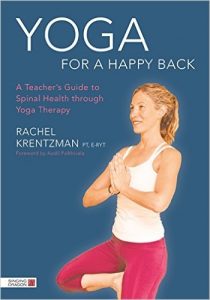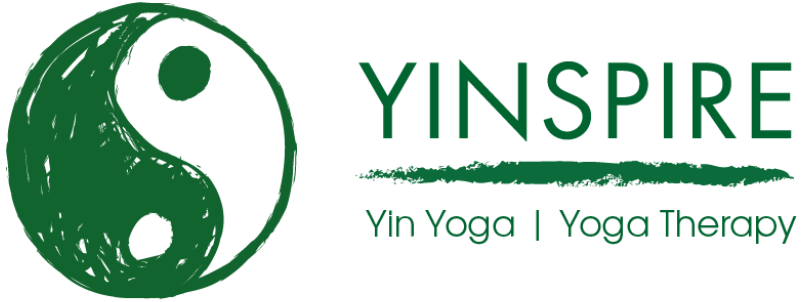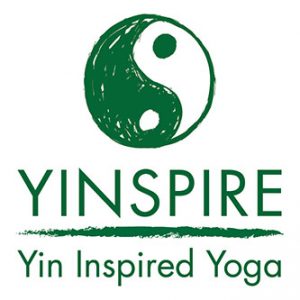 Spinal Health – a big audacious topic – and hats off to the author she covers it really well. In fact of all the books I’ve read about Yoga and backs this would probably rank as the best.
Spinal Health – a big audacious topic – and hats off to the author she covers it really well. In fact of all the books I’ve read about Yoga and backs this would probably rank as the best.
This isn’t a simple book, being clearly aimed at Yoga Teachers, but it would also be suitable for experienced yoga students working with their own conditions.
The approach is pragmatic and well thought out, looking for causes of back pain beyond the spine – hips, legs, psychological. The issue of “core” and the various different understandings of the concept is drawn out, and the author highlights the possibility of psycho-emotional stresses causing sub concious stresses through the deeper aspects of the core, the small muscles of the spine and the deep muscles of the hip, the muscles that can cause a lot of problems and discomfort but which cannot easily be palpitated in massage or opened via stretching – its here where a therapeutic yoga approach can excel by tackling issues from both directions – the causes of the the stress and the physical symptoms.
The author coves both the theory of back pain and the anatomy of the spine, and practical postures and sequencing, moving on to look at sequences for specific conditions.
I liked the holistic nature of the book, getting to causes rather than symptoms, eg
“The roof of the core is made up of the diaphragm… …because the diaphragm is such a clear part of the core of the body, it should be obvious that focusing on proper breathing must be an integral part of rehabilitation for back pain”
but how often is breathing mentioned in the medical world or in some manual therapies? Here is where yoga can add value in looking at body, mind and breath as a whole.
Staying with breathing, the authors caution on rushing too far too quickly with Pranayama – yogic breathing exercises – is welcome:
“I consider an individual who has been practising pranayama for under ten years a beginner”
how refreshing in our quick fix society. Sometimes we can’t make the complex simple, we can’t resolve years of stress and imbalance in a few weeks.
The final section of the book is “Sequences to Treat Specific Conditions”, which the author opens with a refreshing quote from her own teacher:
“Teach people, not poses” – Aadil Palkhivala
All in a really good book, not for beginners, but I would say an excellent read for teachers and experienced practitioners.
It can be purchased on Amazon, and if you use this link, Yinspire earns a small commission.

